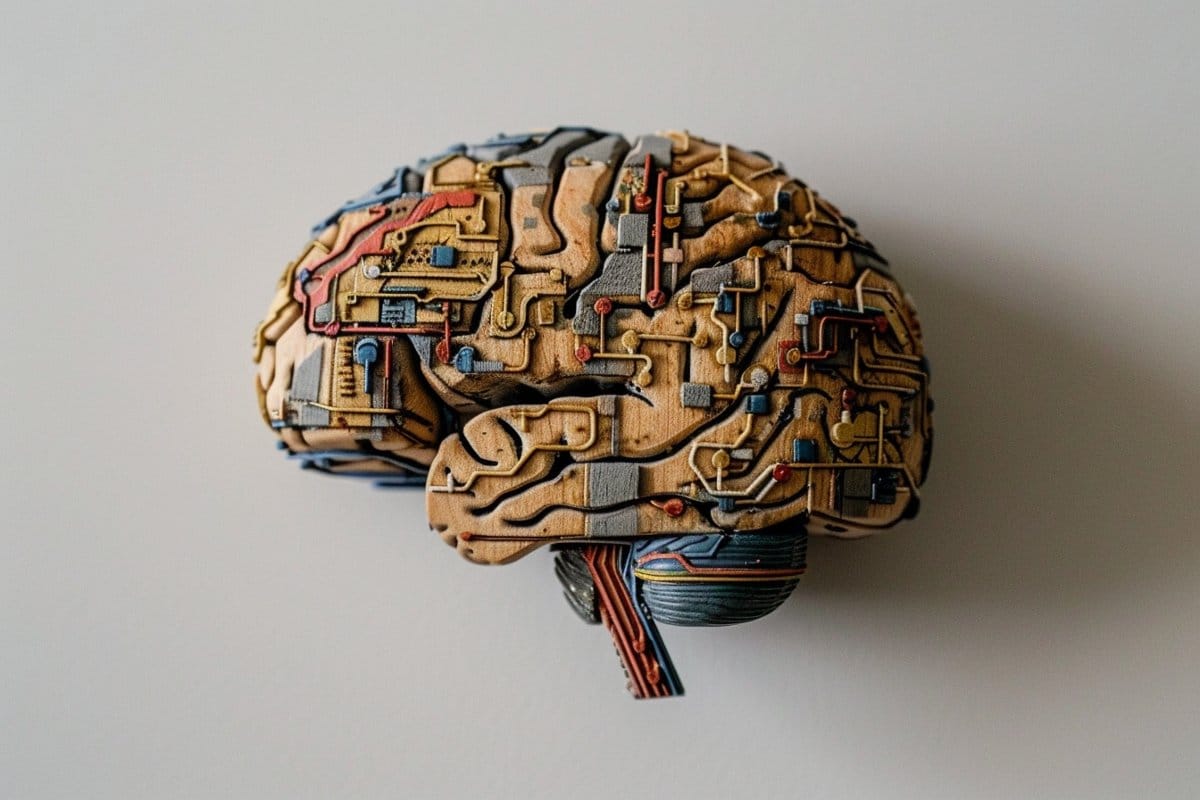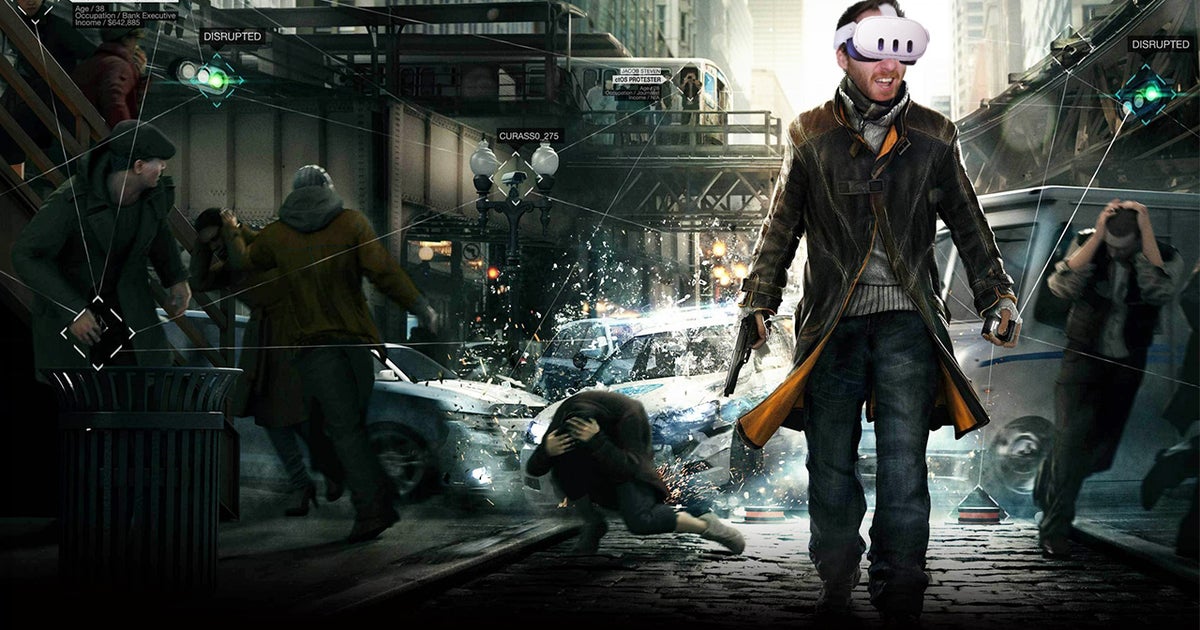Summary: Recency bias in working memory is intrinsically linked to central tendency bias, providing a unified explanation for these widespread cognitive phenomena. The study utilized a novel network model to simulate how these biases could arise from the same neural mechanisms.
This model, reflecting human and animal memory behaviors, indicates that errors in memory recall due to recent inputs can naturally lead to averaging of past experiences. This research, which blends theoretical models with experimental data, not only clarifies the relationship between these biases but also offers new insights into how our brains process and recall sensory information.
Key Facts:
- Unified Model: The study introduced a neural network model that explains both recency and central tendency biases through a single mechanism, challenging the previously held notion that they are separate phenomena.
- Neural Basis: The model is based on the dynamics of the posterior parietal cortex, which influences memory recall and sensory processing, illustrating how recent memories can distort perception towards an average.
- Practical Impact: The findings have practical implications for understanding cognitive processes and could lead to better strategies for addressing memory-related biases in both clinical and everyday settings.
Source: Sainsbury Wellcome Center
Neuroscientists have revealed that recency bias in working memory naturally leads to central tendency bias, the phenomenon where people’s (and animals’) judgements are biased towards the average of previous observations. Their findings may hint at why the phenomenon is so ubiquitous.
Researchers in the Akrami Lab at the Sainsbury Wellcome Centre at UCL and the Clopath Lab at Imperial College London developed a network model with a working memory module and another accounting for sensory histories.
The study, published in eLife, describes how the model shows neural circuits can give rise to both recency and central tendency biases at the same time through a single mechanism.
“Psychologists first observed the central tendency bias over a century ago, but it was assumed to be a separate phenomenon to recency. Our results imply that these two biases are more related than previously thought,” said Vezha Boboeva, Senior Research Fellow at the Sainsbury Wellcome Centre and first author on the paper.
Central tendency bias, also known as contraction bias, is a ubiquitous phenomenon. Imagine you are shown a bar of a given length and asked to reproduce that same bar, recalled from your memory.
What we tend to do is to misremember the length, based on the bar’s size, recalling longer bars as shorter and shorter bars as longer. Therefore, we judge the length of the bar as closer to the mean of the range than it is in reality.
The phenomenon also occurs in other animals, including non-human primates and rodents, and happens with other modalities too, such as sound amplitudes and frequencies.
This bias is believed to be a brain strategy for processing the statistical patterns of sensory information, formulated through Bayesian computation.
Recency bias, also known as short-term history bias, occurs when you fail to remember a given stimulus because the memory from the previous stimulus is still lingering in your mind.
To understand the neural processes that underpin both central tendency and recency biases, neuroscientists at SWC and Imperial College London studied the phenomena in a neural network model, highly inspired by prior results from rodents and human working memory experiments.
“My previous postdoctoral research showed that deactivating the posterior parietal cortex (PPC) attenuated contraction bias in rats performing a working memory task.
“We also saw that biases due to lingering memories of previous trials were reduced when PPC was deactivated, suggesting that these two mechanisms may be linked to each other,” explained Athena Akrami, Group Leader at SWC and corresponding author on the paper.
Building on this research, Boboeva and team developed a network model that replicated the previous experimental findings. In the model, short-term history effects occur due to inputs from the PPC that has a slower integration timescale as well as firing rate adaptation.
“The model shows that once you make working memory errors because of such lingering memories, contraction bias emerges naturally, without the need to make any other assumption about the average of the sensory history,” explained Boboeva.
Importantly, this new unifying model made specific predictions on how sensory statistics affect performance. The researchers used online tools to test and verify these predictions by running psychophysics experiments with human participants.
The next steps are to test the model predictions about the neural dynamics by reanalysing the existing datasets and collecting new neural datal.
Funding: This research was funded by BBSRC BB/N013956/1, BB/N019008/1, Wellcome Trust 200790/Z/16/Z, Simons Foundation 564408, EPSRC EP/R035806/1, Gatsby Charitable Foundation GAT3755 and Wellcome Trust 219627/Z/19/Z.
About this memory and neuroscience research news
Author: April Cashin-Garbutt
Source: Sainsbury Wellcome Center
Contact: April Cashin-Garbutt – Sainsbury Wellcome Center
Image: The image is credited to Neuroscience News
Original Research: Open access.
“Unifying network model links recency and central tendency biases in working memory” by Vezha Boboeva et al. eLife
Abstract
Unifying network model links recency and central tendency biases in working memory
The central tendency bias, or contraction bias, is a phenomenon where the judgment of the magnitude of items held in working memory appears to be biased toward the average of past observations.
It is assumed to be an optimal strategy by the brain and commonly thought of as an expression of the brain’s ability to learn the statistical structure of sensory input. On the other hand, recency biases such as serial dependence are also commonly observed and are thought to reflect the content of working memory.
Recent results from an auditory delayed comparison task in rats suggest that both biases may be more related than previously thought: when the posterior parietal cortex (PPC) was silenced, both short-term and contraction biases were reduced.
By proposing a model of the circuit that may be involved in generating the behavior, we show that a volatile working memory content susceptible to shifting to the past sensory experience – producing short-term sensory history biases – naturally leads to contraction bias.
The errors, occurring at the level of individual trials, are sampled from the full distribution of the stimuli and are not due to a gradual shift of the memory toward the sensory distribution’s mean.
Our results are consistent with a broad set of behavioral findings and provide predictions of performance across different stimulus distributions and timings, delay intervals, as well as neuronal dynamics in putative working memory areas.
Finally, we validate our model by performing a set of human psychophysics experiments of an auditory parametric working memory task.

Dr. Thomas Hughes is a UK-based scientist and science communicator who makes complex topics accessible to readers. His articles explore breakthroughs in various scientific disciplines, from space exploration to cutting-edge research.








